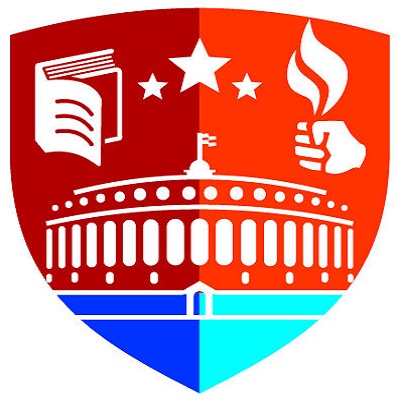What is the issue?
- The recent murders of prominent activists have been shocking.
- It is important to know the victims and their work.
Who where the victims?
- Narendra Dabholkar (1945-2013) - was a medical doctor and Maharashtra’s most prominent anti-superstition activist.
- Dabholkar had penned a dozen books, edited a weekly for 16 years and founded the Maharashtra Andhashraddha Nirmoolan Samiti.
- He trained more than 10,000 teachers for fighting superstition.
- He had drafted the ‘Anti-Superstition and Black Magic Bill’ that became an ordinance after his death.
- Govind Pansare (1933-2015) - was a communist who was born in a poor family and became a lawyer practising labour law.
- He was also a well-known writer and wrote the Marathi language book “Who was Shivaji”.
- He was the state secretary of the CPI and promoted the Shramik Nagari Sahakari Patsanstha (a cooperative bank).
- He ran a centre for couples who had entered into inter-caste or inter-faith marriages and that earned him bitter criticism.
- M M Kalburgi (1938-2015) - was a renowned professor and a former vice-chancellor of Kannada University at Hampi.
- He was a prolific writer and winner of the Sahitya Akademi Award.
- He wrote and spoke against superstition and idol worship in Hinduism and incurred the wrath of right-wing groups.
- Gauri Lankesh (1962-2017) - was a fierce activist with leftist leanings and even vouched for some pro-Naxalite causes.
- She helped in rehabilitating Naxalite cadres who desired to return to the mainstream.
- Gauri edited and published a tabloid that was anti-establishment, pro-poor, pro-Dalit and highly critical of Hindutva politics.
- During her last days, she campaigned vigorously against fake news.
- Shantanu Bhowmick (1989-2017) - was a young reporter for a TV channel in Agartala and earned a meagre salary.
- He was a courageous journalist who would always be the first to rush to the scene of an incident.
- He also ran a small nursery school from his home.
- His last assignment was covering an agitation by the Indigenous People’s Front of Tripura.
What does the pattern say?
- Neither were the victims behind political power nor did they hold an important office at the time of the murder.
- All of them denounced violence and were from different age group.
- All were highly educated and were comfortable in the world of ideas and debate.
- It was these very ideas that spooked the perpetrators who carried out these murders.
- They were catalysing inter-caste and inter-faith marriages, which intimidated the conservative faction.
- It is high-time that we realise that intolerance of the conservative rightists & hate propaganda is damaging India’s diverse fabric.
Source: Indian Express
